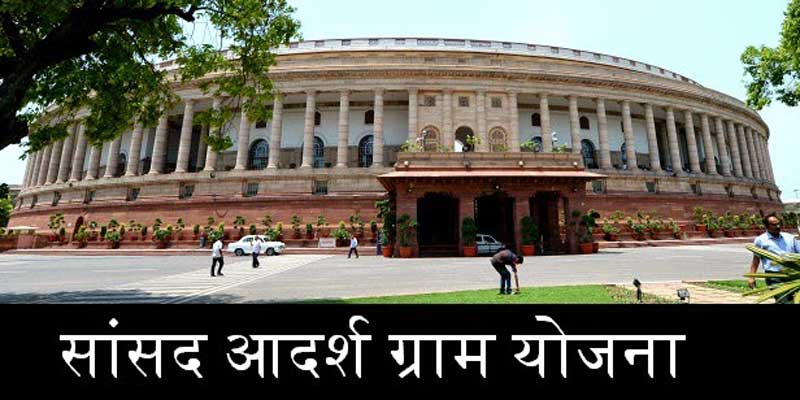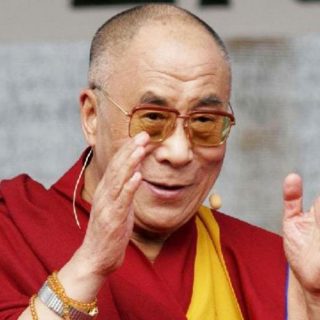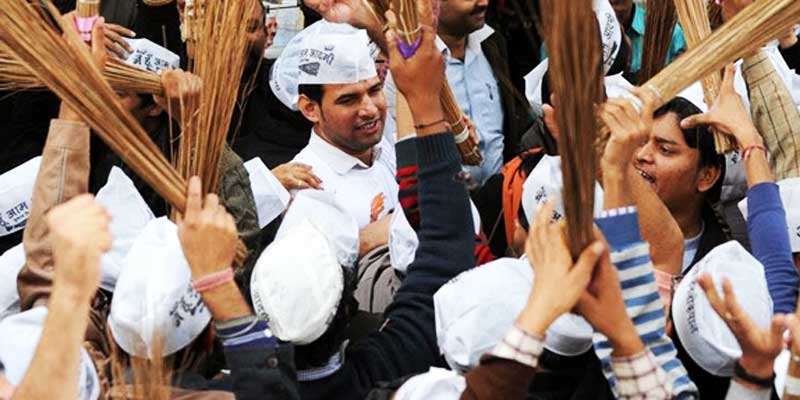According to some statistics, if each MP adopts three villages, the scheme will be able to develop 2,379 ‘gram panchayats’ over the next five years.
It seems the Prime Minister will snatch all the national figures and causes from the hands of opposition by just a strke of his hand. After launching Swachh Bharat Abhiyan on the birth anniversary of Mahatma Gandhi, Prime Minister Narendra Modi launched the Saansad Adarsh Gram Yojana on Saturday.
The launch marks the birth anniversary of famous leader of the student movement in India Jayprakash Narayan. JP was an iconic figure who was outside the Congress’ circuit and who successfully challenged and defeated a mighty Indira Gandhi at the height of her power.
The Saansad Adarsh Gram Yojana is an ambitious programme which aims at changing the face of villages by making Members of Parliament ‘adopt’ a village in their constituency. Each MP will have to take responsibility for the village and try to turn it into a Model Village by 2016.
The work does not stop there. After 2016, the MPs will have to select two more villages for this purpose, before we go for the General Elections in 2019. And after 2019, each Member of Parliament, during his or her tenure of 5 years must establish at-least five model villages.
They will have to ensure 100% access to education and health in these villages.
According to some statistics, if each MP adopts three villages, the scheme will be able to develop 2,379 ‘gram panchayats’ over the next five years.
“We are nearly 800 MPs. If before 2019 we develop three villages each, we reach nearly 2,500 villages. If in the light of this scheme, the states also create a similar scheme for MLAs, then 6-7000 more villages can be added,” Modi said while launching the programme in Delhi.
The Prime Minister also said that if one village is developed in a block, it is also likely to have a “viral” effect and development would permeate other villages also.
Reportedly, speaking about the scheme, the PM said that there is flexibility and an MP is free to choose any village. The only condition is that it should not be his own village or that of his in laws.
“I also have to choose a village in Varanasi,” Modi said and added that he would go there, discuss and choose a village.
He said that till now the model of development being followed in the country has largely been supply driven. But the actual work should be demand driven.
“In Delhi, Lucknow or Gandhinagar, a scheme is prepared and then an attempt is made to inject it everywhere. Through this ‘Adarsh Gram’ (scheme), we want to shift from supply driven to demand driven model,” he said.
He also said that atmosphere should be created where every person is proud of his or her village.
The Economic Times reported that the government will set up two national-level committees for monitoring the implementation of the scheme. One committee will be headed by the rural development minister and have ministers in-charge of planning, programme implementation and other key ministries as may be decided. The second committee will be headed by the rural development secretary with representatives from at least a dozen ministries.
By breaking the barrier of political parties and making the MPs adopt villages, not only Modi will earn respect from the citizens, he will also be able to blur the lines which decide the election of a candidate in most of the parts of India. The selection will be completely development-driven.
And at the same time, the face of the nation will change, for better.





